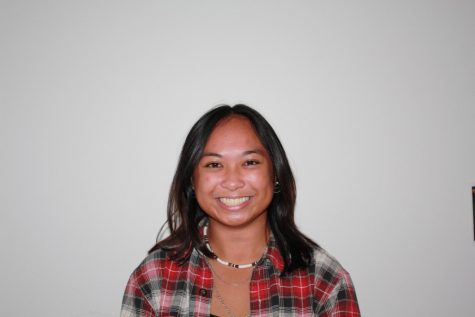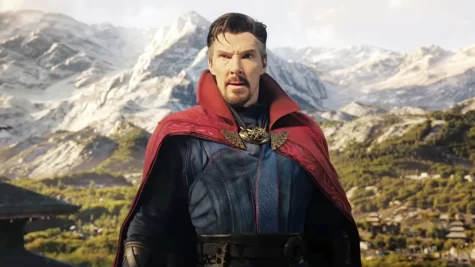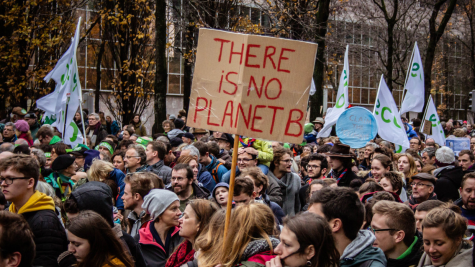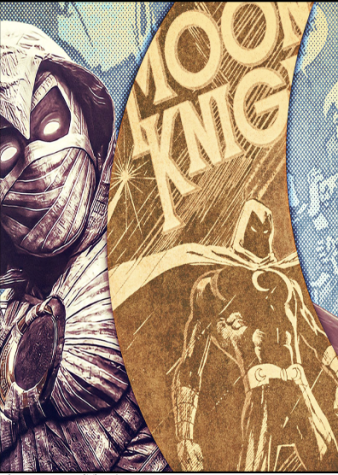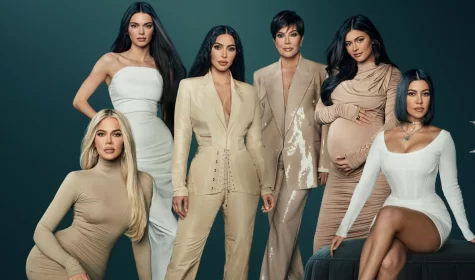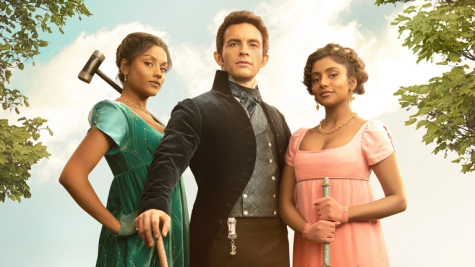Pride Month: Queer representation in comics
In the many decades that comic books have been around, a variety of topics have been explored through their stories. Even after the mid-1950s to the late 1980s censorship era that was the Comics Magazine Association of America’s Comics Code Authority, darker themes of alcoholism, drug addiction, domestic abuse and sexual assault have reigned many popular storylines, but positive LGBTQ+ representation has been lacking or often on the sidelines.
The “Code,” as it is commonly known, was made in response to Dr. Fredric Wertham’s infamous book “Seduction of the Innocent.” While it was not legally binding and therefore did not have any official power over comic book publishers, much like how commercial movie theaters do not want to risk showing films that have some disapproval from the Motion Picture Association, comic book stores did not want to carry comics that lacked the “Code”’s stamp of approval.
“Seduction of the Innocent” had attacked stories that were deemed a threat to “traditional American values,” one of the targets being “subversive messages” that encouraged homosexuality and “confusion” of gender roles.
The following three rules, cited from the History Channel, dealt with how sex and love were to be portrayed:
- “2. Illicit sex relations are neither to be hinted at or portrayed. Violent love scenes, as well as sexual abnormalities are unacceptable.”
- “4. The treatment of love-romance stories shall emphasize the value of home and the sanctity of marriage.”
- “7. Sex perversion or any inference to same is strictly forbidden.”
What curtailed “sexual abnormalities” or “sex perversion” was defined by the CCA Administrator, and the power to interpret those open-ended rules were heavily taken advantage of and exploited to the benefit of the non-secular audience.
Comic book creators — those who wished to write LGBTQ+ ideas and those who did not even try to challenge these restrictions — often ran into problems with the “Code” and its case-by-case specifications to adhere to their statutes. Even if LGBTQ+ themes were not explicitly said or shown, subtext and ambiguity that gave queerness and the exploration of gender identity room to be explored were caught by readers and eventually the “Code”.
The CCA would eventually loosen the hold of its rules on comic books, undergoing multiple revisions and even removing its rules against the LGBTQ+ community in 1989 until being dropped as the industry’s oversight entirely by the 2000s. Readers no longer needed to deduce the truth about their favorite characters through suggestion and subtlety, nor any writers and artists being caught in the dilemma of queer baiting.
Still, after years of these characters being synonymous with immorality if they were the villains or tragedy and self-loathing if they were the everyday citizen, the connotations of being LGBTQ+ continue to echo in recent storylines. Bisexuality, intersex and transgender characters are typically reserved for inhabitants of a parallel Earth, alien entities, magic users or any alternative explanation to avert projecting a human portrayal of being LGBTQ+. It really leaves the question of: is it easier to accept people having fictional superpowers and inconceivable technology than a natural, human identity?
However, credit should be given where credit is due and the industry has had moments in the past beyond the stereotypes and caricatures with more authentic portrayals of the LGBTQ+ by smaller comic book companies such as Image and what was DC’s imprint company, Vertigo.
Now in this age, as people prepare for their Pride Month celebrations, comic book powerhouses DC and Marvel have announced their respective publishing plans to honor the LGBTQ+ community.
At DC, they are releasing a new volume of “DC Pride” anthology featuring LGBTQ+ creators and stories revolving around characters such as Tim Drake, Nubia and Poison Ivy. Likewise, Marvel is bringing back its “Marvel’s Voices: Pride,” curated as well by LGBTQ+ writers and illustrators, highlighting their own LGBTQ+ characters such as Iceman, America Chavez and Loki.
As the mainstream comic book industry continues to grow and expand, so are the numbers of high-profile heroes coming out as LGBTQ+. It is a 180-degree turnaround from the promiscuous villain or “bury your gays” trope. Seeing a character like oneself in terms of sexual orientation as a strong individual and the embodiment of truth and justice is empowering. Still, some may feel that it may be overselling itself. Having comics being unafraid to write these beloved characters as part of the LGBTQ+ is not the problem some readers have, but the presentation.
“Coming out” moments such as Bobby Drake’s Iceman, Peter Quill’s Starlord and Tim Drake as Robin had felt to some as exploitation rather than a carefully tended moment of representation.
Being gay should never be the selling point of a series, especially if it is from a character whose canon had been retconned for pandering as it is not only disrespectful to the LGBTQ+ community but the readers and the creators of the character as well.
Instead, creating new, compelling characters — out of a genuine want and not as a virtue signal — with the focal point of said characters not being LGBTQ+ is a better way to serve as a role model to LGBTQ+ readers.
For example, take Jon Kent as DC’s new Superman, the son of the classic Clark Kent Superman. Since the beginning of “Rebirth,” DC had fleshed out Jon’s character with substance and personality while he was still written as a kid, before revealing his bisexuality as a young adult. Paralleling the timeline of how some readers may have come to terms with their sexual orientation and not forcing an identity onto a character for a shallow cash grab without details of who they are without their sexual preference helps readers resonate more with these stories. This is especially important for the people who do not feel safe coming out, and instead find solace within powerful characters and powerful stories within the pages of these comics.
Wonder Woman, Deadpool, Kitty Pryde, John Constantine, Batwoman and Mystique — this roster of characters is only a fraction of the comic book industry’s growing LGBTQ+ lineup and with their increasing numbers, readers are seeing more heroes in the mainstream cannon that openly identify as queer or transgender. People and their rules are now in a place that can no longer bar the voices of a beautiful community. It is certainly becoming a new era of comic books, more colorful than ever before.
